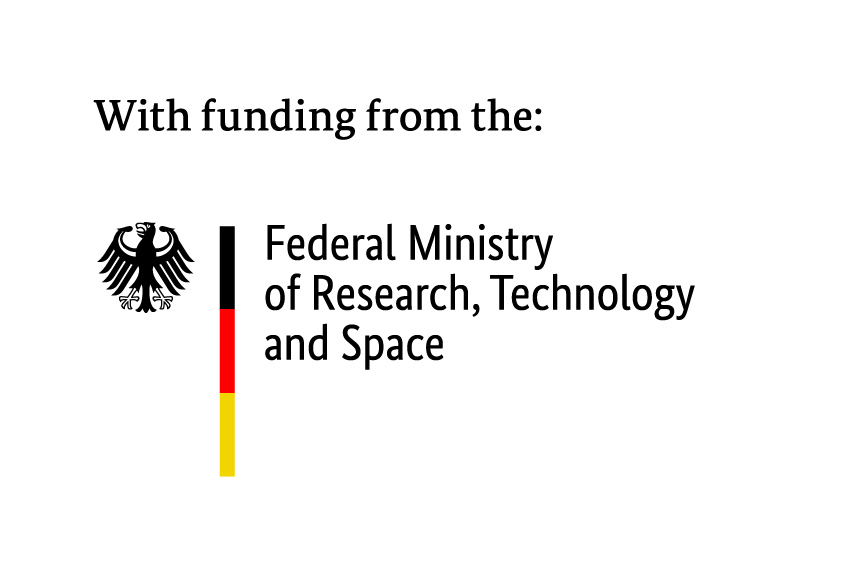Changes for page AIN Gruppe - Astroinformatics
Last modified by Judith Steinfeld on 2025/03/26 12:23
To version 3.1
edited by Judith Steinfeld
on 2024/10/23 16:52
on 2024/10/23 16:52
Change comment:
There is no comment for this version
Summary
-
Page properties (1 modified, 0 added, 0 removed)
Details
- Page properties
-
- Content
-
... ... @@ -1,4 +1,1 @@ 1 -In 2013, the Astroinformatics group was established at HITS. Our goal is to develop new methods and tools to deal with the exponentially increasing amount of data in astronomy. 2 - 3 - 4 -The group is interested in the development of improved photometric redshift regression models. This is a key tool in the analysis of the huge amounts of data provided by upcoming major survey projects like the Square Kilometer Array (SKA), Gaia, or Euclid. Also of crucial scientific interest are methods and tools for extracting and filtering rare objects for detailed follow-up analysis with 8-m class telescopes. Estimated occurrences of only a few objects per million make manual inspection of the existing catalogs impossible. Morphological classification of galaxies based on imaging data as well as high-dimensional similarity measures are the other research interests of the Astroinformatics group. These are initial stages in providing more exploratory access to the data archives for astronomers. 1 +Our goal is to develop new methods and tools to deal with the exponentially increasing amount of data in astronomy. The group is interested in the development of improved photometric redshift regression models. This is a key tool in the analysis of the huge amounts of data provided by upcoming major survey projects like the Square Kilometer Array (SKA), Gaia, or Euclid. Also of crucial scientific interest are methods and tools for extracting and filtering rare objects for detailed follow-up analysis with 8-m class telescopes. Estimated occurrences of only a few objects per million make manual inspection of the existing catalogs impossible. Morphological classification of galaxies based on imaging data as well as high-dimensional similarity measures are the other research interests of the Astroinformatics group. These are initial stages in providing more exploratory access to the data archives for astronomers.



